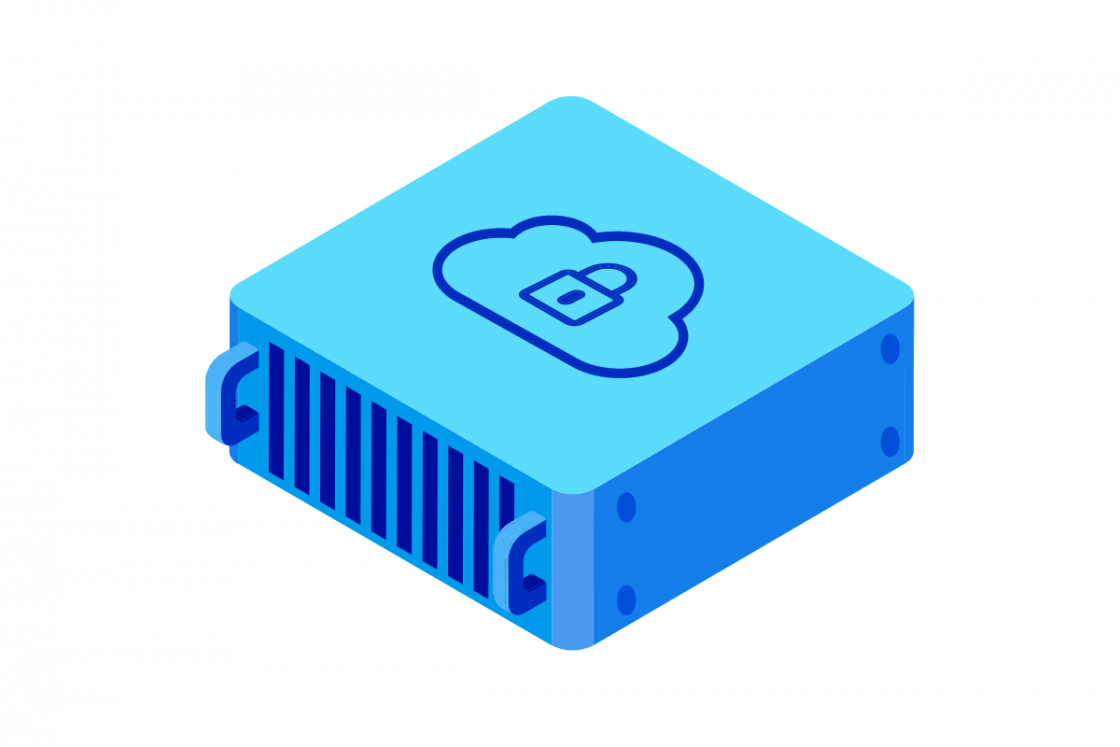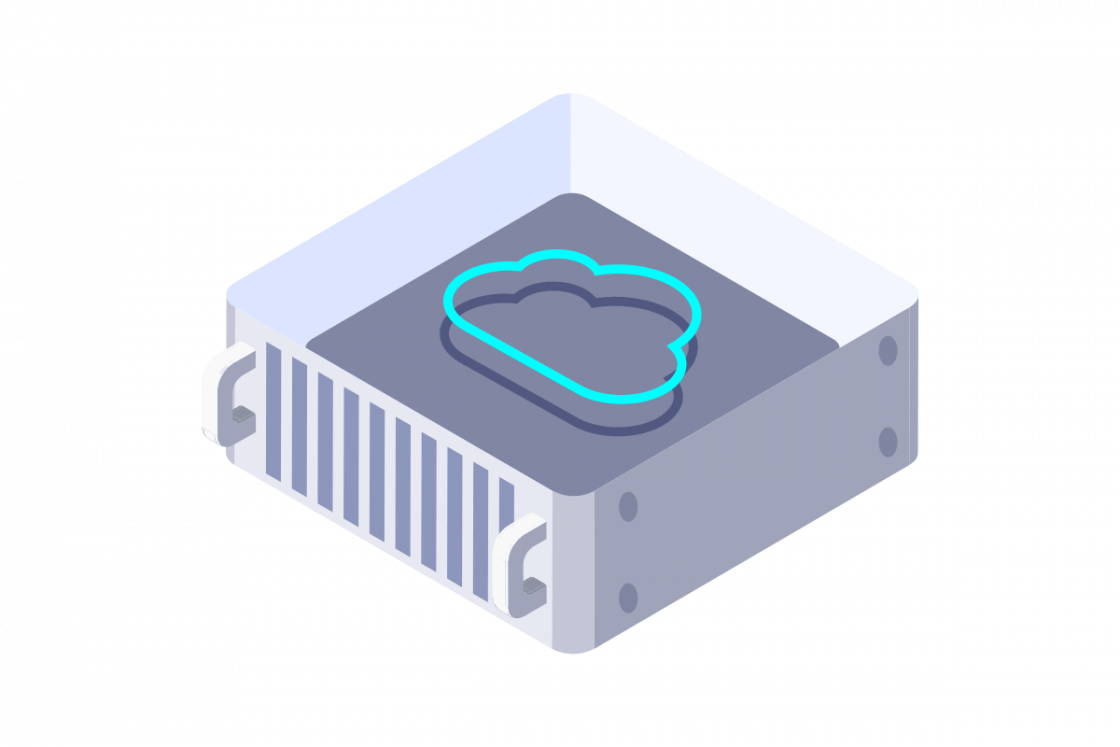What is a DNS Root Server?
In some ways, the Internet is like a vast phonebook, connecting human-readable names (like www.google.com) that humans understand to numerical addresses (like 172.217.160.142) that computers understand. This phonebook is the Domain Name System (DNS), and the DNS root servers sit at its very top.
Essentially, DNS root machines are the master directory of the internet. They hold the keys to finding the locations of all the top-level domains (TLDs), like .com, .org, .net, and country codes like .uk or .jp. They act as the starting point for virtually every domain name lookup on the internet.

How do they work?
When you type a website address into your browser, your computer needs to find its corresponding IP address to connect. This process starts with a request to a DNS resolver, usually operated by your internet service provider. If the resolver doesn't have the answer cached, it will contact a root server.
The root server doesn't know the exact address of the website you're looking for, but it knows which server is responsible for the TLD of that address.
It then directs the resolver to the appropriate Top-Level Domain (TLD) server. From there, the resolver is guided down the DNS hierarchy, eventually reaching the authoritative name server that holds the website's actual IP.
Importance of DNS Root Servers
Without DNS root servers, the net would not function as we know it. They serve as the first point of contact for resolving any domain name query and are indispensable in maintaining the structure and functionality of the global DNS system.
In summary, DNS root servers form the backbone of internet navigation by guiding resolvers through the hierarchical structure of DNS. They ultimately enable users to access websites by translating domain names into IP addresses efficiently and reliably.
How Many DNS Root Servers Are There?
This is where things get a bit tricky. While it's commonly stated that there are 13 DNS root servers, the reality is more nuanced.
Technically, the zone has 13 named authorities, identified by letters A through M. However, each authority isn't a single server but a network of servers distributed globally. This is crucial for redundancy and resilience. If one server goes down, others can pick up the slack, ensuring it remains stable.
So, how many physical servers are there? As of November 2024, there are over 1750 instances of root servers spread across the globe, operated by 12 independent organizations. This number constantly evolves as organizations add or upgrade their infrastructure.
Why only 13 named authorities?
This limitation stems from the original design of the DNS protocol and the size limitations of IPv4 packets. Each authority was initially assigned a single IPv4 address, and the protocol could only handle a limited specification within a single packet.
However, with the advent of IPv6, this constraint is less relevant. Each root server now has both v4 and v6 addresses, allowing for more flexibility and future expansion.
While the number "13" is often associated with DNS root servers, it's important to remember that it represents named authorities, not individual machines. The actual number of physical servers is much higher and constantly growing to ensure the stability and resilience of the internet's infrastructure.
Who Manages and Operates DNS Root Servers?
The management and operation of root DNS servers is a collaborative effort involving multiple organizations with distinct roles. Here's a breakdown of the key players.
IANA plays a crucial role in coordinating the DNS root zone and is responsible for maintaining the root zone file, which contains data about all the top-level domains and their corresponding authoritative name servers.
IANA oversees changes to the root zone, and any additions or modifications to the root zone, such as adding new TLDs, must be approved and implemented by IANA. IANA assigns the 13 named authorities to different organizations responsible for operating the root server instances.
Twelve independent organizations operate the physical machines that make up the 13 named authorities. These organizations include:
- Verisign: Operates two server authorities (A and J).
- University of Southern California - Information Sciences Institute (USC-ISI): Operates the B server.
- Cogent Communications: Operates the C server.
- University of Maryland: Operates the D server.
- NASA (Ames Research Center): Operates the E root server.
- Internet Systems Consortium (ISC): Operates the F server.
- US Department of Defense (NIC): Operates the G server.
- US Army (Research Lab): Operates the H server.
- Netnod: Operates the I server.
- RIPE NCC: Operates the K server.
- ICANN: Operates the L server.
- WIDE Project: Operates the M server.
These organizations are responsible for:
- Deploying and maintaining the physical servers: Ensuring the machines are secure, reliable, and have sufficient capacity to handle DNS queries.
- Implementing anycast routing: This technique allows multiple machines in different locations to share the same IP address, distributing traffic and increasing redundancy.
- Collaborating with IANA and other operators: To ensure the smooth and stable operation of the global DNS root system.
The operation of DNS servers is a shared responsibility between IANA, which oversees the root zone, and twelve independent organizations that manage the physical server infrastructure. This decentralized approach ensures the stability and resilience of this critical component.
How Do DNS Resolvers Find DNS Root Servers?
You might wonder how DNS resolvers, the programs that translate domain names into IP addresses, know where to find these crucial machines. The answer lies in a combination of pre-configuration and dynamic updates.
1. Root Hints File
Most DNS resolvers are pre-configured with a "root hints file." This file contains a list of the 13 named authorities for the root zone and their corresponding IP addresses. Think of it as a built-in address book for the internet's top-level directory.
The resolver software developer or the service provider usually provides this. It gives the resolver a starting point for any DNS lookup that requires contacting a root server.
2. Priming and Updating
While the root hints file provides initial information, it's essential to keep it updated. Root IP addresses can change, and new machines might be added to the network.
To ensure accuracy, resolvers perform a process called "priming." When a process starts up, it contacts one of the machines listed in its hints file and requests the current root zone file. This file contains the most up-to-date information about all root servers.
The resolver then compares this information with its existing hints file and updates it accordingly. This ensures that the process always has the correct addresses for the root servers.
3. Anycast Routing
Another factor that simplifies finding root servers is anycast routing. As mentioned earlier, each named authority is a network of machines distributed globally. Anycast allows these servers to share the same IP address.
When a resolver sends a request to a root server's IP address, the internet's routing infrastructure automatically directs the request to the nearest available server. This improves performance by reducing latency and enhances resilience by providing multiple points of access.
So, DNS resolvers find root servers through a combination of pre-configured hints files, dynamic updates from the zone file, and anycast routing. This ensures that resolvers can efficiently and reliably locate the root servers, which are essential for navigating the vast landscape of the internet.
DNS Records and Root Servers
DNS records are like individual entries within the vast internet phonebook, each providing specific information about a domain. There are various types of DNS records, each serving a different purpose.
Records, for instance, map a name to its corresponding IPv4 address, while AAAA records do the same for IPv6 addresses. CNAME records, on the other hand, create aliases, allowing one name to point to another. MX is essential for email communication, as they specify the mail machines responsible for handling emails for a particular domain.
NS records identify the authoritative name servers that hold a domain's complete DNS information, while TXT records can store various types of text data, often used for email security or verification.
While root machines don't store these individual entries, they are crucial in directing resolvers to the correct location to find them.
When a machine queries a root machine for a domain, the root server responds with the address of the appropriate Top-Level (TLD) server. The resolver then continues its search down the DNS hierarchy, eventually reaching the authoritative name server where the specific DNS for the domain is stored.
Security Measures for DNS Root Servers
Considering their vital role in net infrastructure, DNS root servers are attractive targets for malicious actors. To safeguard them, a multi-layered approach to security is employed.
DNSSEC, or Domain Name System Security Extensions, is a crucial technology that adds digital signatures to DNS records. This allows resolvers to verify the authenticity and integrity of the data, preventing attacks such as DNS spoofing, where attackers attempt to redirect users to fake websites.
Anycast routing further enhances security by distributing traffic across multiple machines with the same IP address, making it more difficult for attackers to target a single point of failure.
Root server operators also implement robust measures to mitigate Distributed Denial of Service (DDoS) attacks, which aim to overwhelm machines with a flood of traffic. Moreover, physical security is paramount, with infrastructure housed in secure facilities with restricted access and stringent physical protection measures.
Real-World Implications
The stability and security of DNS root servers have far-reaching implications for the net ecosystem. If a significant number of root servers fail, internet access could be disrupted massively.
Websites might become inaccessible, email communication could be disrupted, and online services could experience widespread outages. However, the distributed nature of root servers, combined with anycast routing, provides a high degree of redundancy, minimizing the risk of complete failure.
The management of the root zone, overseen by organizations such as ICANN, also has significant implications for governance. Decisions about adding new TLDs or changing root server operators can influence issues such as net freedom, censorship, and international cooperation.
Ensuring the neutrality and stability of the root zone is essential for maintaining a free and open internet.
Looking ahead, emerging technologies like blockchain-based DNS and decentralized alternatives hold the potential to reshape the future of root servers. These innovations could lead to a more resilient, secure, and democratic internet infrastructure, though challenges remain in terms of widespread adoption, scalability, and compatibility with existing systems.
OVHcloud and DNS Root Server
No matter what your organization needs to achieve with web hosting or domain management, you can rely on OVHcloud to achieve your goals. Some of our services include:

Root dedicated server
OVHcloud offers a wide range of high-performance Bare Metal Servers perfect for resource-intensive cloud hosting, running critical business applications, and powering game servers. We provide flexibility, security, and control over your environment.

Domain name management
OVHcloud makes it easy to register, transfer, and manage domain names. Our intuitive interface allows you to configure DNS records, set up email forwarding, and protect your privacy with WHOIS protection.

Speed up DNS propagation
OVHcloud's DNS Anycast service enhances your website's performance and availability. It utilizes a global network of servers to ensure faster DNS resolution and increased redundancy, resulting in improved website loading times and reduced downtime.